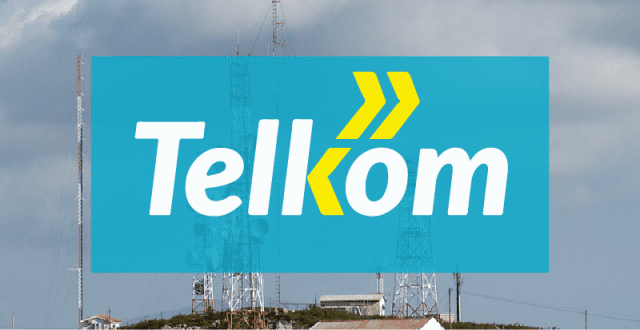The parliamentary committee tasked with investigating the sale of Telkom Kenya under Uhuru Kenyatta’s government has published information regarding the deal. The committee’s findings shed light on a web of financial transactions. The Former Solicitor General, who represented the Government of Kenya (GOK), disclosed the official shareholding structure of TKL at the time of the sale. The Government of Kenya (GOK) held 37.91%, while Adili Trustees held 5.21% of the company’s shares. Jamhuri Holdings Ltd (JHL) was the majority shareholder and had 56.88% of shares.
Despite the GOK’s payment of KES. 6.091 billion for the full acquisition of Telkom Kenya Ltd (TKL), records maintained by the Business Registration Service continued to indicate the shareholding as 60% JHL and 40% GOK. This raises questions about the accuracy and transparency of the deal. Furthermore, it casts aspersions on Business Registration Service shareholder records. After the sale, GOK was meant to be the sole owner of Kenya’s first telecommunication company.
Payments Made During Telkom’s Sale
The Joint Committee, in its investigation, unearthed significant findings related to the sale of TKL. Mr. John Ngumi, was serving as an advisor to JHL and not in the capacity of a Transaction Advisor. For his services, he received a substantial payment of USD 3,071,163.00. This is approximately KES 465 million at the current exchange rate.
Secondly, Helios Investment Partners (HIP) and JHL maintained a Management Incentive Program (MIP). The program allowed TKL’s management staff to vest shares and continue their services. When Helios exited the scene, a total of USD 3,982,671.00( KES 603 million) was paid out to the senior management staff.
Out of the USD 51 million (KES. 6.091 at the time) received by JHL as consideration for exiting TKL, the following allocations were made. USD 41,786,058.00 was disbursed to the Helios Fund. USD 422,991.46 was transferred to the law firm, ALN Kenya Anjarwalla & Khanna. This was payment covering legal fees and fees for the escrow account.
An additional USD 1,000,000.00 was routed to an undisclosed investment bank. The bank’s identity remains concealed by HIP/JHL. Concerns about transparency, financial allocations, and the conduct of those involved in the Telkom Kenya deal remains.
Telkom Kenya Obscure Ownership
Telkom Kenya’s ownership remains in obscurity. In October, the Cabinet announced that Helios will refund the Kenyan government with Kes 6.091 billion. It is worth noting that the deal was done without parliamentary approval. In addition, it was sealed barely a week before Kenya had a change of government. The refund was due after Cabinet rescinded Uhuru’s government deal with Helios.
As Kenyans were debating the legal premise of the announcement by government, another shocker followed. A day later, it emerged that Telkom had found a new buyer. The Infrastructure Corporation of Africa LLC (ICA) of the United Arab Emirates (UAE) was announced as a new investor. ICA is set to come in as a majority shareholder in Telkom Kenya with 60% shareholding.
“The offer by ICA includes capital injection to fund Telkom’s critical infrastructure and the overall upgrade of the company’s capabilities, and also settle some of the outstanding liabilities of the company,” the ministry said in a statement.
In the Telkom Kenya takeover, Infrastructure Corporation of Africa (ICA) LLC – Prof Ndung’u said – had emerged the best bidder. He added that it would purchase Telkom Kenya shares valued at Sh6 billion from Helios Investment Partners.
ICA revelation did not give the public any confidence that the tide was about to change for Telkom. The company is officially registered within the confines of Dubai Silicon Oasis, a designated free zone establishment. In Dubai, a free zone is an area subject to distinct regulations that do not extend to businesses operating outside these designated zones. These regulations often encompass special provisions pertaining to taxation and foreign ownership laws.
Mystery Surrounding ICA Managers
Interestingly, none of the managers listed on the company’s website, including the CEO, Anil Raj, have garnered any mention or recognition on any public platform. They only have presence on the company’s own website. This lack of public visibility of the company’s key figures raises questions. It adds an air of mystery to the organization and its leadership.
Further, the domain for the company website was registered only a week before the Kenyan government made the deal public. There is no known competitive process by which GOK arrived at ICA as the best bidder for the company. Additionally, the shareholding structure after ICA comes on board has not been revealed.





























